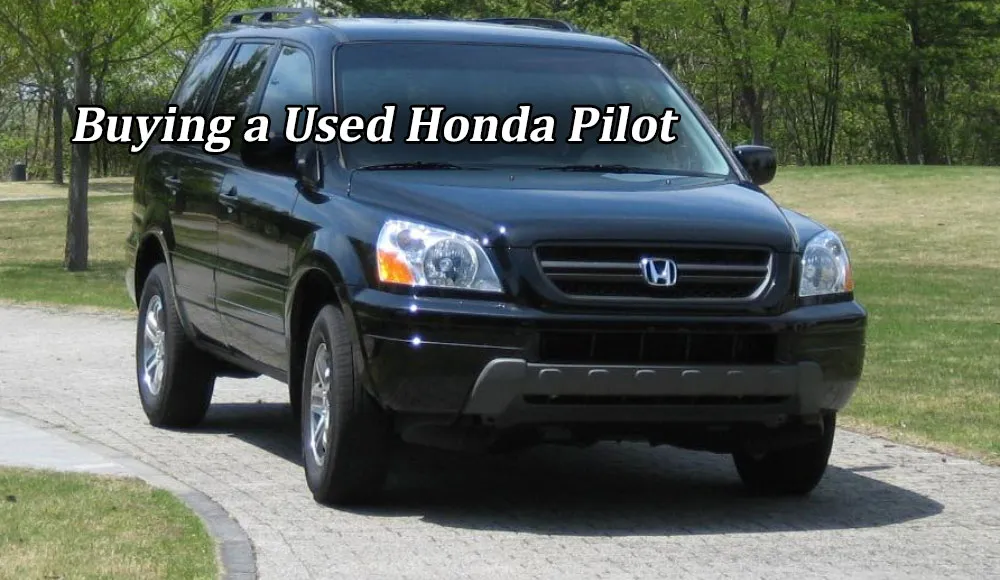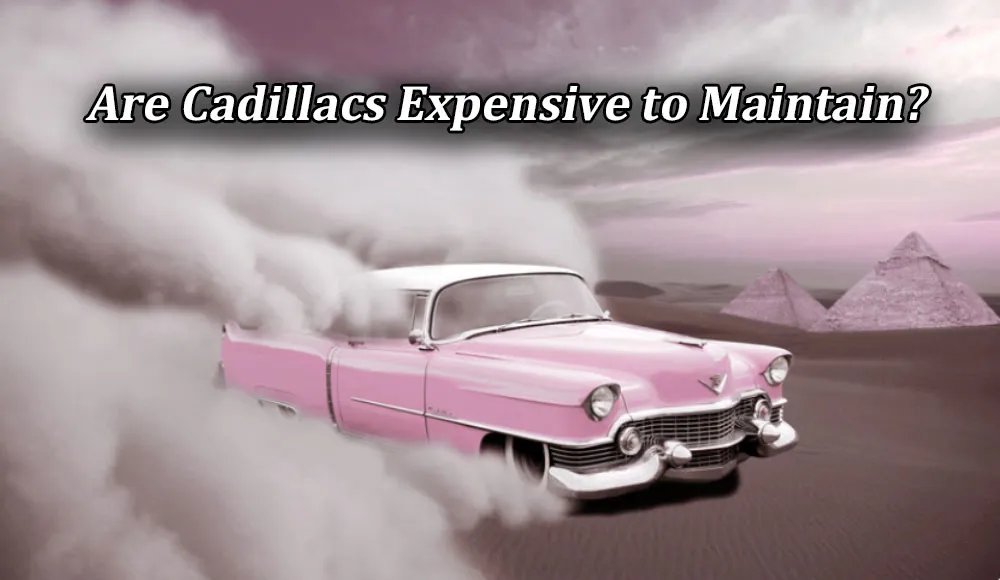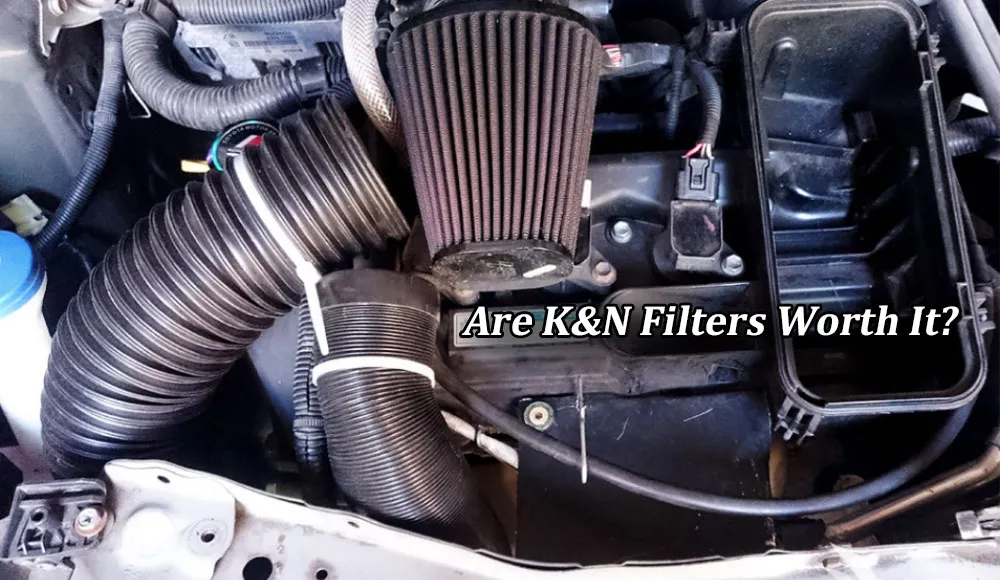Hi everyone! If you’re in the market for a reliable, spacious SUV without breaking the bank, you might be considering a used Honda Pilot. I’ve been through the process myself and want to share my insights to help you make an informed decision.
So, let’s dive right into what makes the Honda Pilot a great choice and how to snag a good deal on a used one.

Understanding the Honda Pilot
The Evolution of the Honda Pilot
The Honda Pilot has been a staple in the SUV market since its debut in 2003. It’s known for its spacious interior, reliability, and family-friendly features.
Over the years, Honda has refined the Pilot, enhancing its performance, comfort, and safety features. Each generation has something unique to offer, so knowing which model year you’re interested in can be crucial.
What Makes the Pilot Stand Out?
This vehicle is not just about space; it’s about comfort, safety, and a smooth ride. Over the years, Honda has fine-tuned the Pilot to be a top contender in its class. Its versatility makes it suitable for both city driving and adventurous road trips.
Why Choose a Used Honda Pilot?
Reliability and Performance
One of the biggest draws of the Honda Pilot is its reputation for reliability. It’s a vehicle that can easily surpass 200,000 miles with proper maintenance.
Its performance, especially in terms of ride comfort and handling, often receives praise from experts and owners alike.
Compared to Other SUVs
When you compare it to other SUVs in the same category, the Pilot often stands out for its balance of features, space, and value for money.
It’s an ideal choice if you need a family car that can handle everything from daily commutes to adventurous road trips.
Key Factors to Consider When Buying a Used Honda Pilot
Model Year Variations
Each model year of the Pilot comes with its own set of features. For instance, earlier models are more basic, while newer ones come equipped with advanced technology like touchscreen infotainment and driver assistance features. Decide what’s important to you – is it the tech, the look, or maybe the fuel efficiency?
Common Issues and Recalls
It’s crucial to be aware of any common issues specific to certain model years. Some Pilots have had recalls, so check the National Highway Traffic Safety Administration’s website for detailed information. Always stay informed about what you might need to address down the line.
Budget and Vehicle Condition
Before you start your search, set a realistic budget. Remember, the initial purchase price isn’t the only cost – factor in insurance, taxes, and potential immediate repairs.
Inspecting the vehicle’s condition, both cosmetically and mechanically, is crucial. Don’t shy away from asking for a vehicle history report and consider getting a pre-purchase inspection from a trusted mechanic.
Inspecting a Used Honda Pilot
Key Areas to Check
When you go to inspect a used Pilot, pay close attention to the engine, transmission, brakes, and suspension. Check for smooth operation in the transmission and listen for any unusual engine noises.
Ensure the brakes are responsive and the suspension doesn’t make odd noises over bumps.
Spotting Potential Issues
Be on the lookout for signs of significant wear and tear or previous accidents. Uneven tire wear can indicate suspension or alignment problems, while rust or mismatched paint can suggest past repairs.
Common Issues and Maintenance
What to Watch Out For
Some older Pilots might have issues like transmission problems or worn suspension components. It’s a good idea to research common problems specific to the model year you’re interested in.
Maintaining Your Pilot
Regular maintenance is key to keeping your Pilot running smoothly. Follow Honda’s maintenance schedule, and always address any issues as soon as they arise to avoid bigger, more expensive problems down the line.
The Buying Process
Negotiating the Best Deal
Don’t be afraid to negotiate. Use any issues you’ve found during the inspection as leverage to lower the price. Make sure all the necessary paperwork, like the title and service records, is in order.
Understanding Documentation
Proper documentation is vital. Ensure the title is clean and matches the seller’s information. If you’re financing the purchase, understand your loan terms and how they fit into your budget.
After Purchase – Next Steps
Post-Purchase Care
Once the Pilot is yours, give it some TLC. A thorough cleaning, an oil change, and a once-over by your mechanic can set a solid foundation for your ownership.
Customization and Upgrades
The Pilot is quite customizable. From new wheels to updated infotainment systems, you can make your Pilot uniquely yours. Just remember to prioritize any necessary repairs over cosmetic upgrades.
Long-term Ownership
What to Expect in the Long Run
From my experience and discussions with other Pilot owners, these SUVs age gracefully. They retain their value well, and with diligent care, they can be a reliable companion for years to come.
Maintenance and Usability
Balancing maintenance with ongoing usability is key. Regular check-ups, timely repairs, and understanding when to invest in major work versus when to save up for a new vehicle are all part of the long-term ownership journey.
Conclusion
Buying a used Honda Pilot can be a smart move. It’s a vehicle known for its reliability, space, and comfort. By doing your homework, conducting a thorough inspection, and understanding the nuances of maintaining an older vehicle, you can enjoy all the benefits of Pilot ownership without the hefty price tag of a new model.
Remember, every used car has its history, so take the time to find the one that fits your life the best. Happy car hunting!


